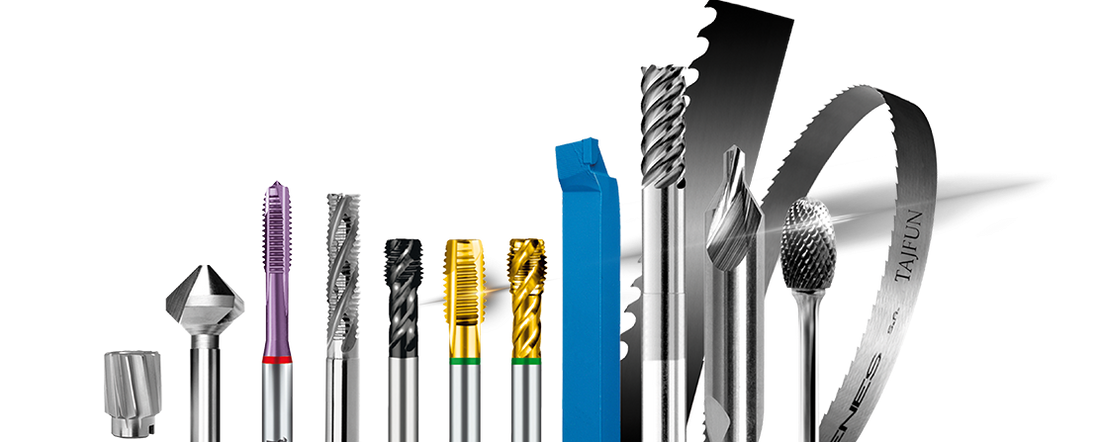1. Proper storage: Proper storage of the metal cutting tool should be ensured. It should be stored in a clean and dry place protected from corrosion. It is recommended to use special cases or boxes for storing tools to prevent damage and wear.
2. Regular cleaning and lubrication: After each use, the tool must be cleaned of metal residues, shavings and other contaminants. This will help prevent corrosion and keep the cutting edges sharp. It is also important to regularly lubricate the instrument using suitable lubricants to reduce friction and wear.
3. Correct use: The metal-cutting tool should be used according to its intended purpose and manufacturer's recommendations. Do not allow the tool to be overloaded or misused, as this may lead to its deformation or breakage.
4. Careful processing: When working with a metal cutting tool, it is necessary to be careful and prudent. Avoid sharp impacts, dropping or incorrect position of the tool, as this can lead to damage and shorten its service life.
5. Regular sharpening and maintenance: A metal cutting tool needs periodic sharpening to maintain its sharpness. It is recommended to contact specialists or use special sharpening devices to achieve optimal results. It is also worth considering the manufacturer's recommendations for regular maintenance and inspection of the tool.
6. Use of appropriate speeds and feeds: When processing different materials, you should choose optimal speeds and feeds to avoid excessive heating of the tool and wear of the cutting edges. Use the manufacturer's recommendations or consult with experienced specialists.
7. Constant update of the tool: In the end, despite all the precautions, the metal-cutting tool has a limited service life. As necessary, regularly update the tools to ensure efficient and secure operation.
These are just some of the general recommendations for increasing the service life of metal cutting tools. Remember that each specific type of tool may have its own characteristics and maintenance requirements, so you should always refer to the user manual and consult with the manufacturer or specialists in this field.

